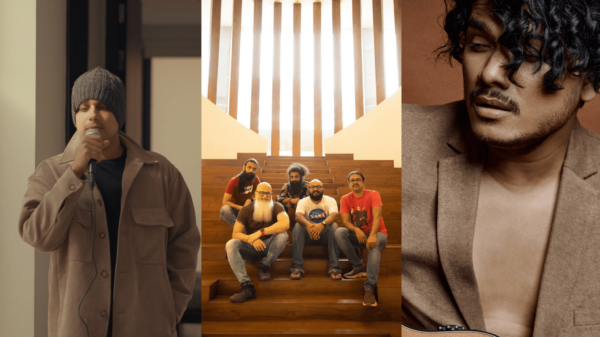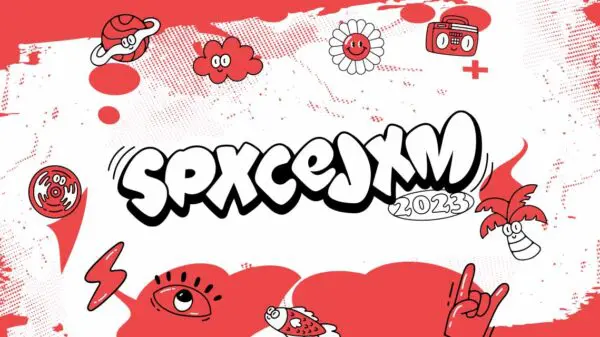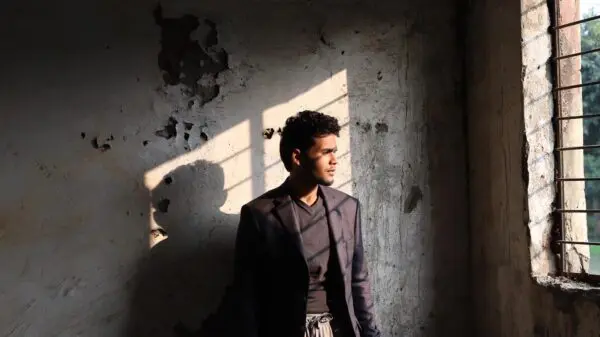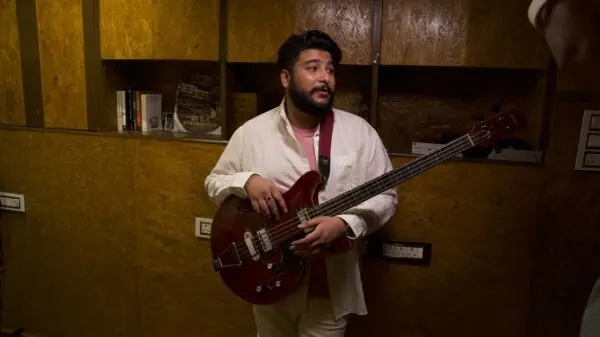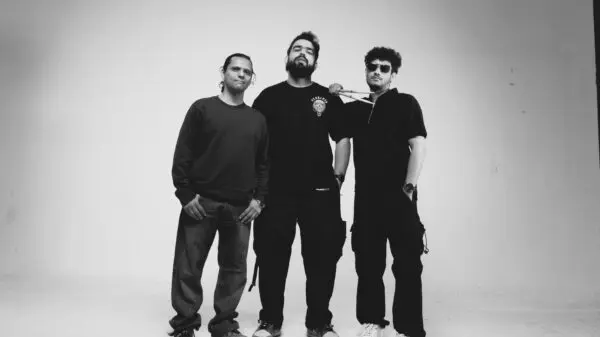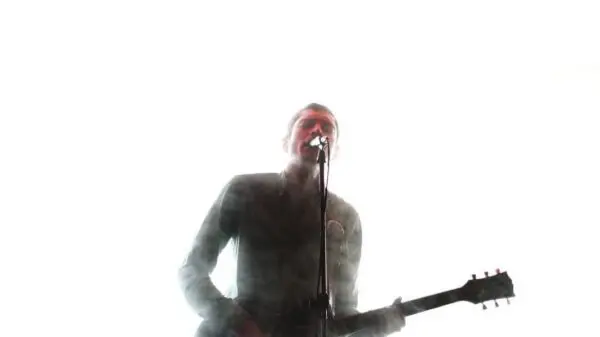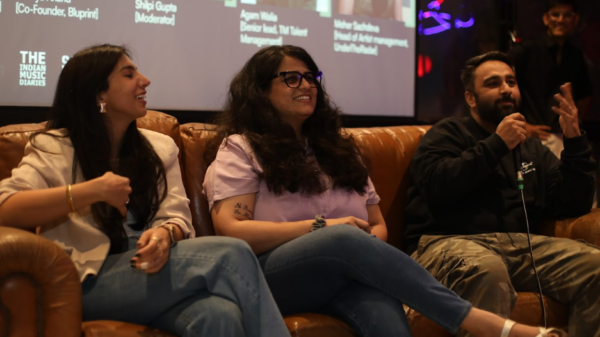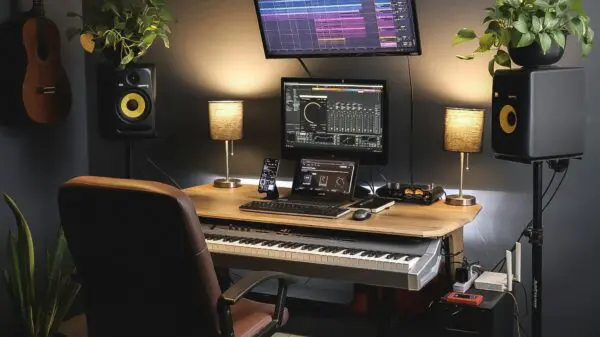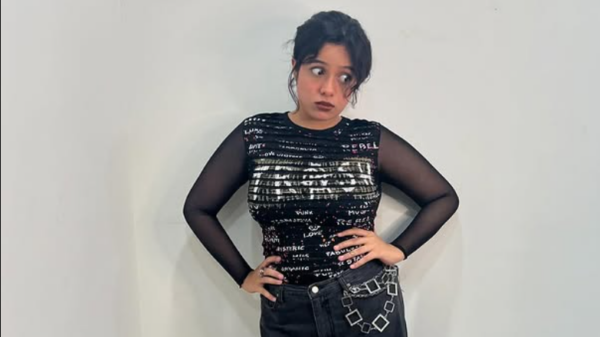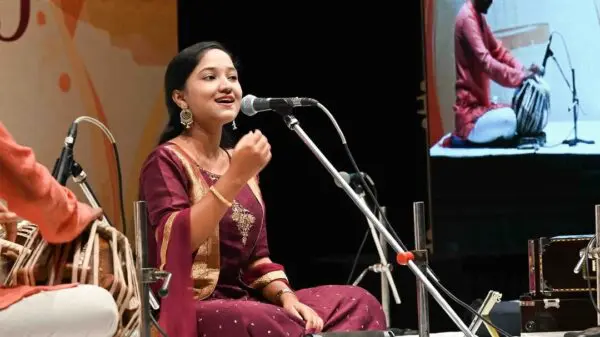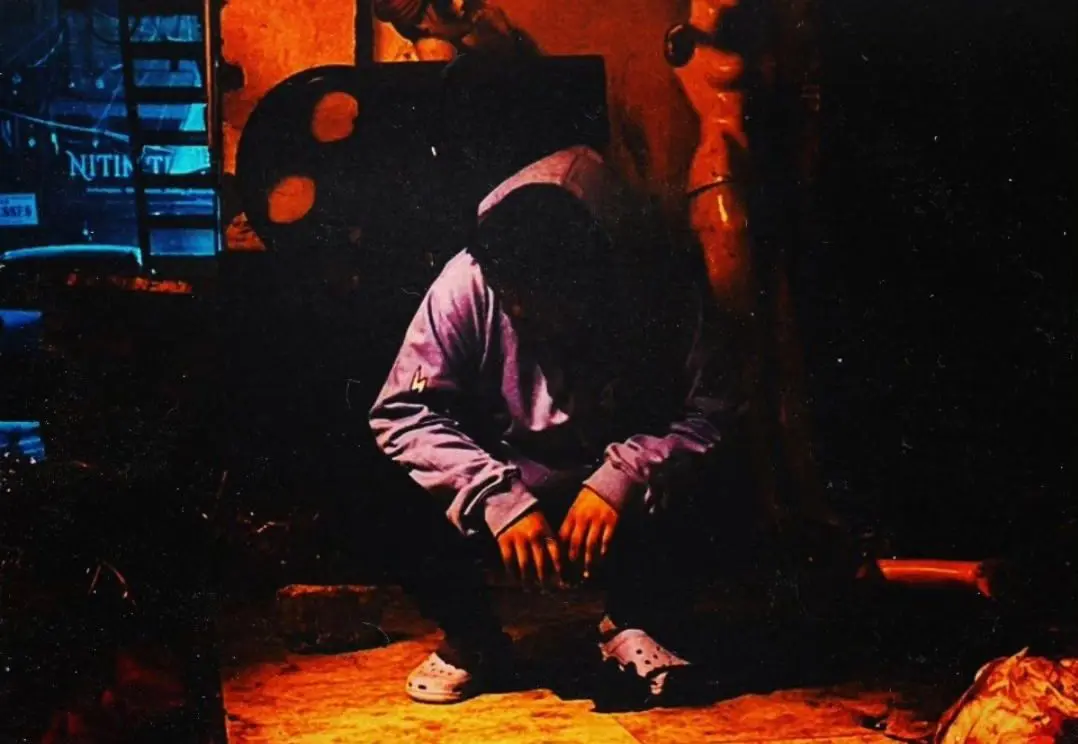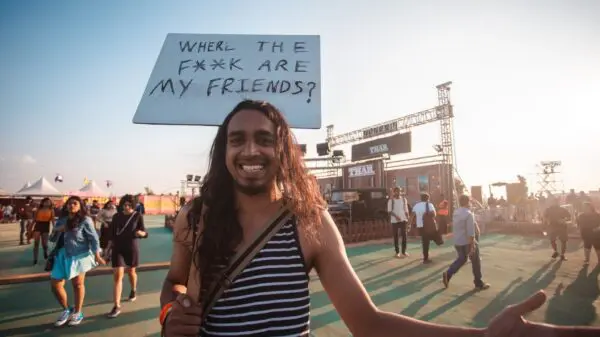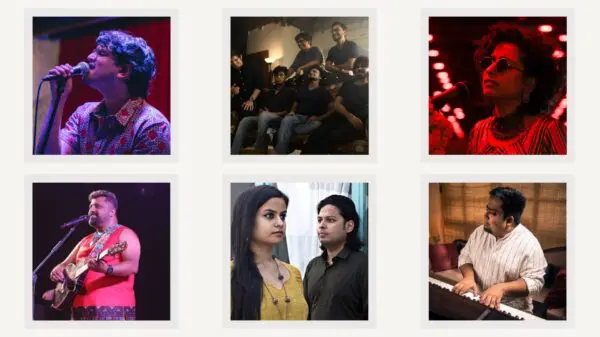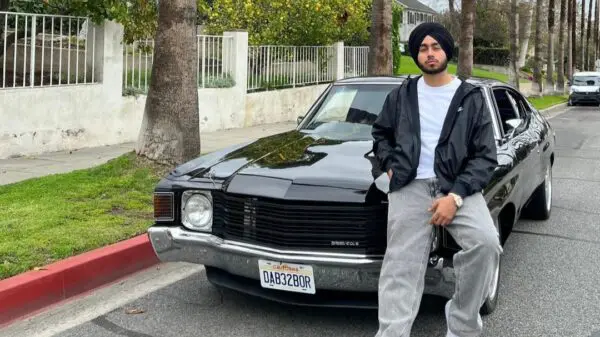Hailing from a residential neighborhood of the Northwest district of Delhi called Rohini, Nashady is a 19 year old rapper who has been navigating the labyrinth of the saturated Delhi underground scene since he was just 16. Whilst juggling between his musical aspirations and the reality of academic rat race, he has released about a dozen singles over the years, riffing around the hip-hop/r&b sound. Badmizaaj is the rapper’s debut full length album birthed from the generational class struggles of the Indian middle class superposed by his own internal tussle on how to break these generational curses. It would be fair to say that, to know Nashady is to know Rohini and to know Rohini is to know ‘Badmizaaj’.
“The album is born of the stuff that everyone sweeps under the carpet. It’s intentionally noisy, it’s intentionally chaotic, it’s intentionally unpredictable because all of these quality reside within me as well”
Nashady
The sonic illustration of his life in the suburb starts with ‘Hastaakshar’. Nashady aka ‘The Treyta’ showcases mastery over imagery with bars like “White sneakers, utra keechad mai saale sann gaye soles, feeta khula Mera fisla bhot fati t shirt jeene ke pech mai adkar” as he introduces us to his present while making a declaration of his future. The restlessness in Nashady’s delivery is augmented by B-leaf’s authoritative electric guitar performance. His command over writing well thought-out rhymes becomes evident from this song full of quotables. Zero Kaata, a duo of Nashady and Crisis is introduced through ‘$herKhan’. Their synergy shines throughout the song as they bounce words off of each other, trade bars, share flows and have an equal hunger to prove themselves. Farhan and Yung Da$ capture the clamour of the bylanes of Rohini in their fast paced industrial trap beats—also heard in an aptly named ‘Karkash’. Multisyllabic rhymes set the concrete for us to walk through these streets, as the nineteen year old spills all the goods, bads and uglies; providing a chaotic yet authentic soundtrack to the bylanes of Rohini.
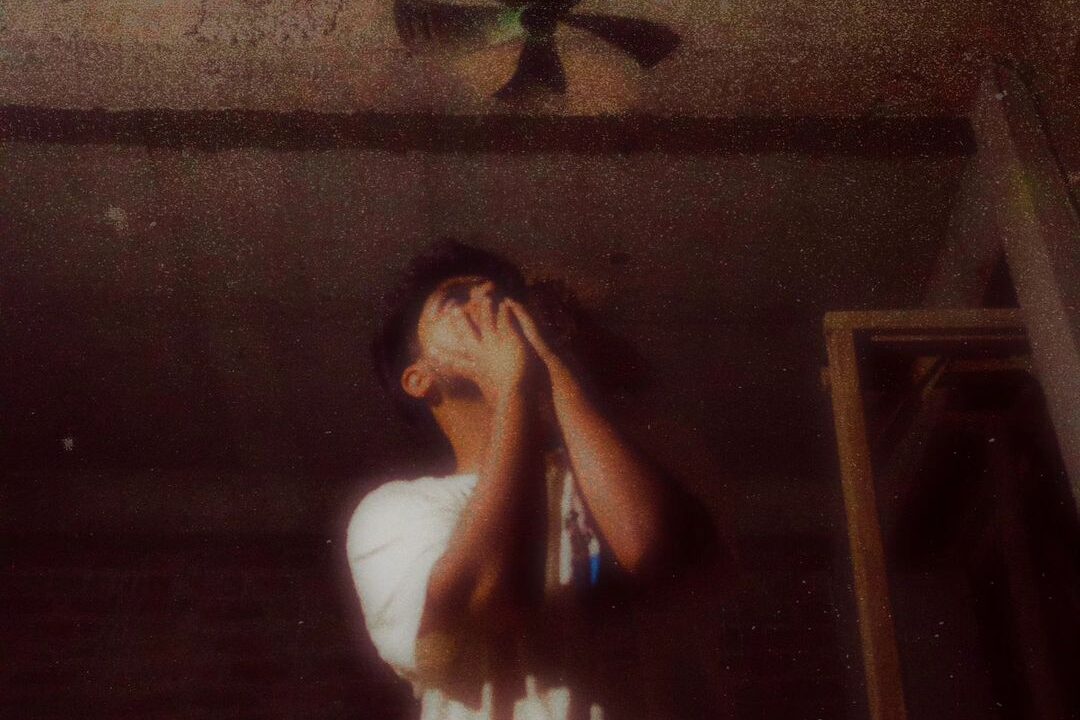
Shauharty joins Nashady in ‘Old Man Enzo’ where they echo Mr. Ferrari’s idiosyncratic temperament, his attention to detail and unbending (over)confidence over his art. Arslan’s instrumental along with being an enabler of the bars, carries a personality of it’s own—a grainy hybrid hi-hat heavy, 808 laced, modern boom-bap beat playing into a drumless section through a brilliantly sampled bridge. Sampling styles switch as Parikshit. takes over in ‘Filling Out Forms’. Rapping over a groovy retro bollywood flip, the treyta, chronicals his visit to a government office. Struck with a realisation, he confronts the possibility of his dreams meeting the same fate as his parents’ in a mundane backdrop—”Yeh dard meri poori peedhi jhele , par hoga kya abh mujhpe khatam?”. The animosity of ‘Filling Out Forms’ fuels songs like ‘Janardhan’, ‘Five Knuckle Shuffle’ and ‘Ji Huzuri’. While the former two are glaring exhibitions of intricately written rhymes and unremitting mathematical flows, over two very distinct styles of production, the latter is where the gritty coming of age story of this 19 year old boy comes to fruition. Parikshit. chops up another old bollywood classic and using tabla as his main percussion instrument he constructs a perfect platform for Nashady to reclaim his generational curses. “Voh niyam ki daud mai khoya tha din raat toh ghisti ri meri bhi neev ki khoj, Par koi na, mere baap ka sangharsh bana mere aaj ka rangmanch sahi“— the acceptance of his family’s past and present gives space for his aspirations to bloom.
‘Dheemi Aanch Par’ is where fatigue starts to creep in, the flows still excite and the delivery still invigorates but unfortunately the narrative becomes a bit stagnant . With a lot of weight off his shoulders and not a lot of things left to say, the ‘now you know’ maker switches up his style for the last leg of the album. The little experiments with the song structuring and the vocals takes away from the coherence of the album, making the last two tracks stick out like bonuses. Neither the semi melodic style in ‘Bhuje Na’ nor the unconvincing ethereal outro in ‘Moniker’ give the prodigy his deserving send off.
In a scene where the audience is heavily misguided about the importance and essence of lyricism, where corny punchlines, unnecessary metaphors and empty complex bars are deemed to be exceptional or legendary, an artist like Nashady and a project like Badmizaaj is a need of the hour. They serve as a reminder of the fact that each bar is capable of having a profound impact on the listener and how lyricism isn’t about using the most literary devices but about telling your story and weaving a narrative in a creative way. Through this album, Nashady speaks his truth and assures us that the new generation of Indian rappers have the guts to produce art on their own terms.

